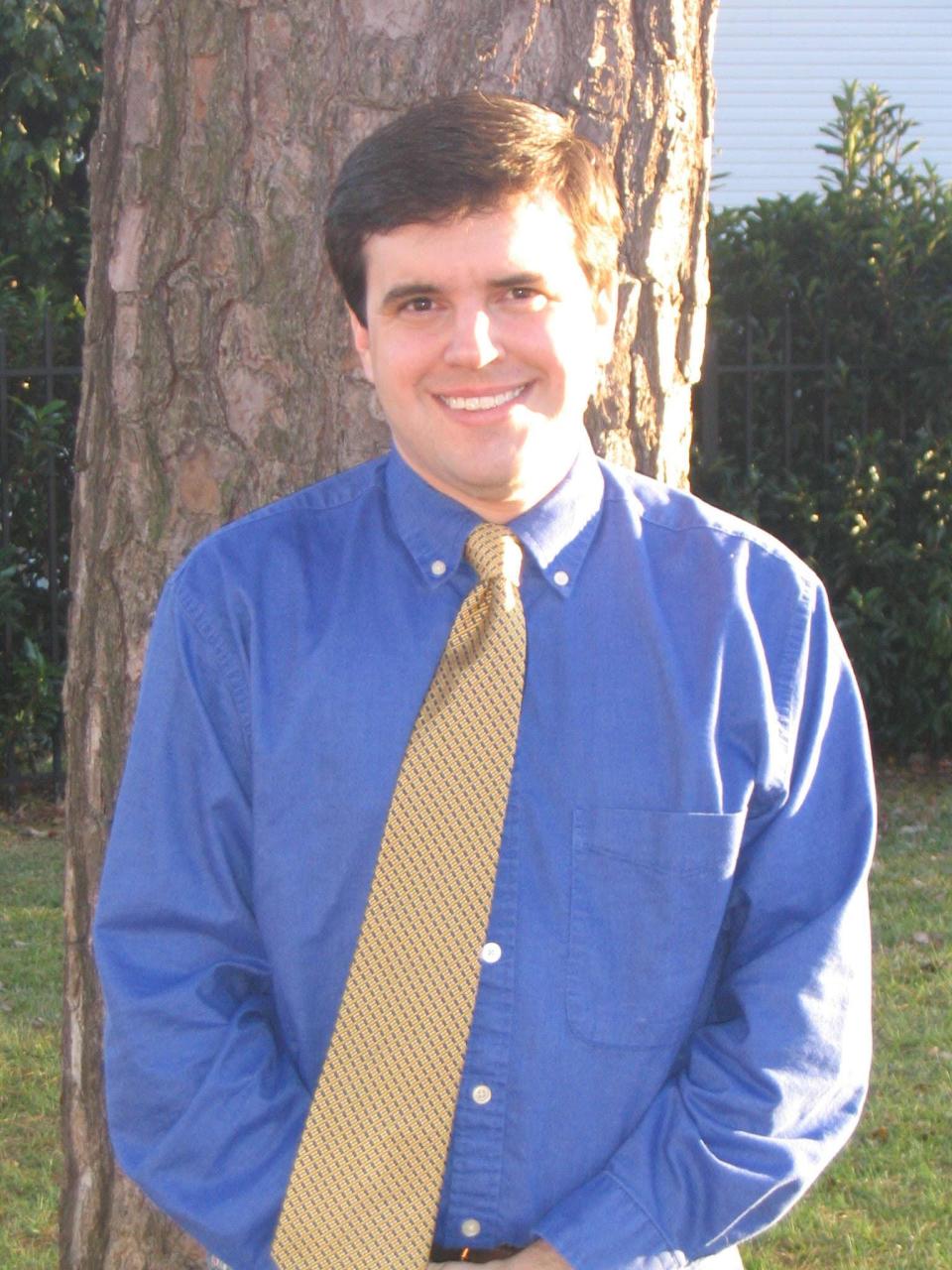Bridges: Texan scientist James Harris part of team that discovered 2 elements
In science, the passion for discovery drives great minds to answer the great questions about the world. The competitive atmosphere demands that scientists look at problems from multiple viewpoints and devise increasingly creative ways of uncovering knowledge. This process of research and experimentation has created the scientific and technological marvels of the modern world. Though Texas has been home to many great minds, one stands out in the field of chemistry, James Harris. Harris was a key member of a research team that discovered two new elements, making him one of only two Texans to help discover an element.
James Andrew Harris was born in Waco in 1932. His parents divorced when he was young, leaving his mother to raise the future scientist alone. They eventually moved to Oakland, California, where he attended high school in the late 1940s.

After graduation in 1949, Harris returned to Texas. He enrolled at Huston-Tillotson College in Austin. He excelled at his studies and graduated with a bachelors degree in chemistry in 1953. He enlisted in the army after graduation. Harris served for two years, rising to the rank of sergeant before his honorable discharge in 1955.
Harris found it difficult to find work after the army in spite of his credentials. Eventually, he landed a job at Tracerlab, a California company that specialized in making radiation-detecting equipment. Along the way, Harris married and raised five children. In 1960, he accepted a position as a nuclear chemist at the Lawrence Radiation Laboratory at the University of California at Berkeley.
In 1969, Harris was part of a team at the Lawrence Radiation Lab that included noted scientist Dr. Albert Ghiorso, when they discovered an entirely new element, one never found in nature. This element, Element 104, was eventually named Rutherfordium in 1997, after New Zealand native and physicist Ernest Rutherford. Rutherford won the Nobel Prize for Chemistry in 1908 for his work in discovering the radioactive half-lives of elements and differentiating between types of radiation from the decay of particles and whose work is considered by scientists to be the beginning of nuclear physics.
Rutherfordium is an extremely rare metal with chemical properties similar to titanium or zirconium. The element was difficult to isolate. The atom itself is large and unstable. Its most stable form is Rutherfordium-267, consisting of 104 protons and 163 neutrons. Because it is so unstable, it is radioactive and has a radioactive half-life of around 10 minutes. That is, in 1.3 hours, half of the atoms in a sample will spray off so many subatomic particles that it will transform itself into a different element entirely. Other known isotopes of Rutherfordium have half-lives ranging from less than a second to 15 minutes. These short half-lives make it very difficult to study.
In 1970, Harris, Ghiorso, and their team made another breakthrough with the production of yet another new element. Element 105, consisting of 105 protons (as opposed to just eight protons for oxygen or two protons for helium) was itself very unstable, and the atoms decayed quickly into other elements. Little is known about its nature except that it is a metal. The two elements were the largest atoms discovered up to that time.
The American researchers initially wanted to list Element 105 as Hahnium after German scientist Otto Hahn, who won the Nobel Prize in Chemistry in 1944 for his discovery of nuclear fission.
A team of Russian scientists at the Joint Institute for Nuclear Research in Dubna, Russia, claimed that they had discovered both of the elements first in the 1960s. However, other scientists pointed out that the Russian team had admitted altering their data. Years of debates followed the competing claims. The American team was ultimately able to name Rutherfordium while Russian scientists were allowed to give the name Dubnium to Element 105, after Dubna, the city that housed the research lab.
At this point, the elements are so rare that no practical use for them has been devised beyond laboratory experiments.
Harris was praised by colleagues for his co-discovery and toured the country giving periodic lectures on his work. Huston-Tillotson College awarded Harris an honorary doctorate for his work in 1973.
Harris retired in 1988. Today, 118 elements are known to exist, either in nature or in the lab. Along with Dr. Gregory Chopin, co-discoverer of the radioactive element Mendelevium, Harris is one of only two Texans be credited with co-discovery of an element. And he is to this day the only African American to be responsible for the discovery of any new element due to his work with the Berkeley research team. Harris died at his home in California in 2000 at the age of 68.
Ken Bridges is a writer, historian and native Texan. He holds a doctorate from the University of North Texas. Bridges can be reached by email at drkenbridges@gmail.com.
This article originally appeared on Amarillo Globe-News: Bridges history: Texan scientist James Harris' part in 2 new elements

